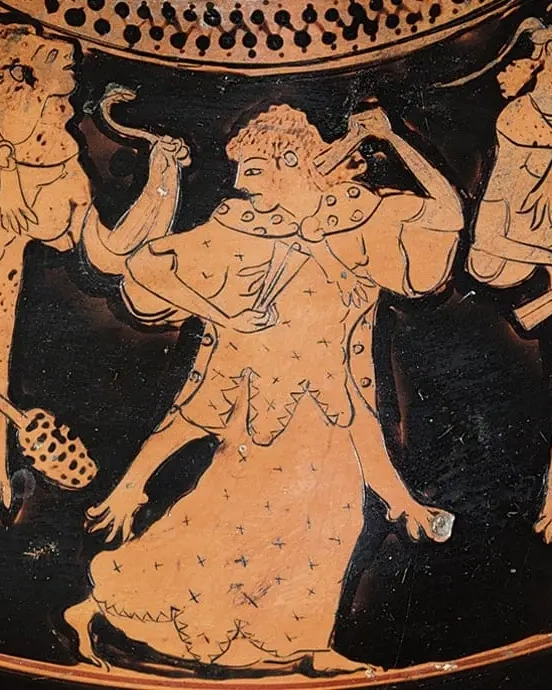Stamp: Aruban Indians 2015 (Aruba 2015)
Aruban Indians 2015 (Aruba 2015)
31 July (Aruba ) within release Aruban Indians 2015 goes into circulation Stamp Aruban Indians 2015 face value 3.50 Aruban florin
| Stamp Aruban Indians 2015 in catalogues | |
|---|---|
| WADP Numbering System - WNS: | WAD:AW035.15 |
Stamp is vertical format.
Also in the issue Aruban Indians 2015:
- Stamp - Aruban Indians 2015 face value 3.50;
- Stamp - Aruban Indians 2015 face value 3.50;
- Stamp - Aruban Indians 2015 face value 3.75;
- Stamp - Aruban Indians 2015 face value 3.75;
|
Data entry completed
80%
|
|
|---|---|
| Stamp Aruban Indians 2015 in digits | |
| Country: | Aruba |
| Date: | 2015-07-31 |
| Size: | 26 x 36 |
| Perforation: | 14 by 14 |
| Format: | Stamp |
| Face Value: | 3.50 Aruban florin |
Stamp Aruban Indians 2015 it reflects the thematic directions:
In European academic traditions, fine art is made primarily for aesthetics or creative expression, distinguishing it from decorative art or applied art, which also has to serve some practical function, such as pottery or most metalwork. In the aesthetic theories developed in the Italian Renaissance, the highest art was that which allowed the full expression and display of the artist's imagination, unrestricted by any of the practical considerations involved in, say, making and decorating a teapot. It was also considered important that making the artwork did not involve dividing the work between different individuals with specialized skills, as might be necessary with a piece of furniture, for example. Even within the fine arts, there was a hierarchy of genres based on the amount of creative imagination required, with history painting placed higher than still life.
Ancient art refers to the many types of art produced by the advanced cultures of ancient societies with different forms of writing, such as those of China, India, Mesopotamia, Persia, Egypt, Greece, and Rome. The art of pre-literate societies is normally referred to as prehistoric art and is not covered by the scope of the ancient era. Furthermore, although some pre-Columbian cultures developed writing in the centuries preceding the European discovery of the Americas, these advancements are, on grounds of dating, largely covered with the dedicated topic of pre-Columbian art and associated sub-topics, such as Maya art, Aztec art, and Olmec art.
History (derived from Ancient Greek ἱστορία (historía) 'inquiry; knowledge acquired by investigation') is the systematic study and documentation of the human past
A people's history, or history from below, is a type of historical narrative which attempts to account for historical events from the perspective of common people rather than leaders. There is an emphasis on disenfranchised, the oppressed, the poor, the nonconformists, and otherwise marginal groups. The authors typically have a Marxist model in mind, as in the approach of the History Workshop movement in Britain in the 1960s.




